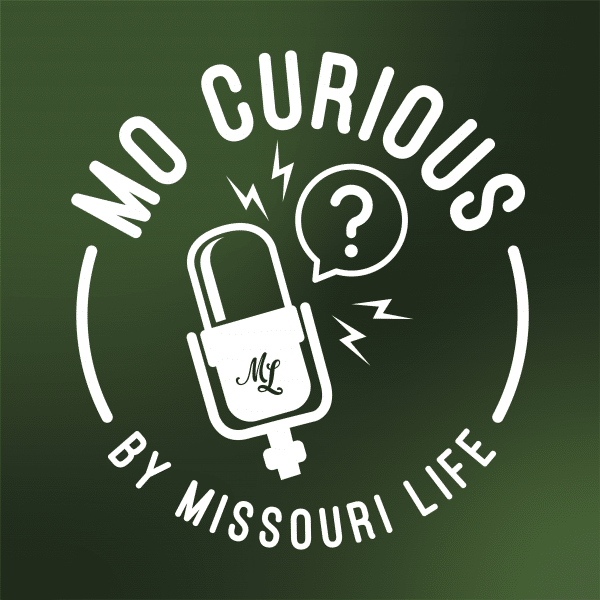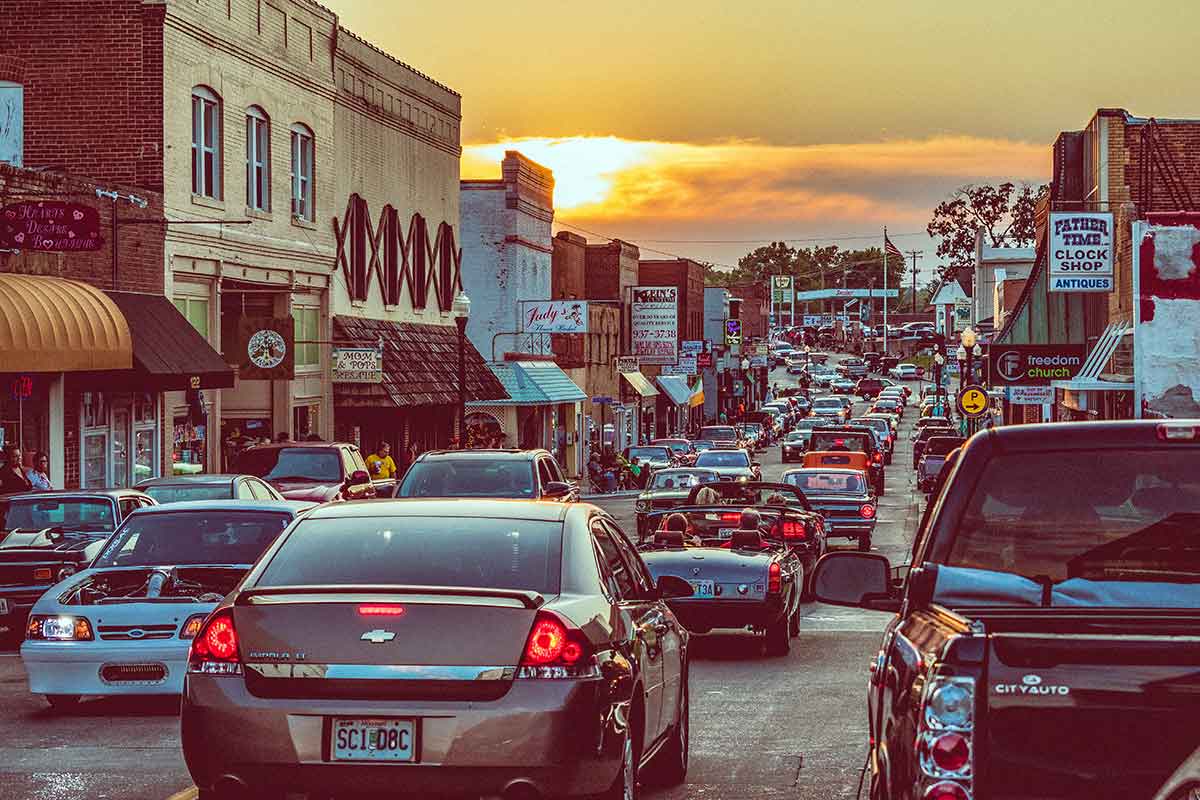It’s been a wild eighteen months. Many shifted work and home lives around during the pandemic in an effort to keep others safe. Now as more people are vaccinated, and as case numbers decline and establishments continue to open up, we should all feel relieved, right? Not exactly, says Dr. Arpit Aggarwal of MU Health Care.
“If you talk about impact, then across the board mental health problems have increased since the pandemic,” he says. These mental health effects will be around long after infection case numbers have declined, he says.
This process is a bit like post-traumatic stress disorder (PTSD). The consequences have varied from person to person, but nearly everyone has been affected by loss — of a loved one, or perhaps income, a job, or time with family members.
The Mental Health Association uses an online screening program that provides prompts so users can answer questions to help provide feedback regarding participants’ anxiety levels. Its published findings in the organization’s 2021 The State of Mental Health in America report show a 93 percent increase of people taking the offered screening from January to September 2020 as compared to the previous year. According to US Census Bureau data, six times as many Americans reported mental disorders in 2020 as the same time in 2019.
Other results of stress included difficulty sleeping and eating, according to a tracking poll from Kaiser Family Foundation from January 2020 to February 2021.
In addition to the pandemic, other factors could be playing a role in people’s overall well being, including last year’s divisive election, racial tensions, and family members who have severed ties because of conflict.
“As a country there have been many significant national events that could have also played a role in impacting one’s mental health during this time,” says UMKC clinical psychology PhD student Madeleine Hardt, who has studied the effects that the last few years have had on mental health.
Dr. George Grossberg, the Samuel W. Fordyce professor and director of geriatric psychiatry at Saint Louis University School of Medicine and a SLUCare physician, says he has seen people with anxiety for different reasons.
“It’s an interesting phenomenon,” he says. “Some people experienced more anxiety [during Covid] because they didn’t have the usual outlets and were cooped up. But some patients have done reasonably well because there was less pressure in social situations that they find overwhelming.”
Adults and children should return to in-person work and school, which could help with providing social interaction and stability. Setting a schedule and getting back into a routine can have positive effects on mental well being, Dr. Aggarwal says. Yet he warned that “re-entering” these schedules might also bring its own apprehension and stress for some people who still are finding it difficult to get back into activities as they decide to reintroduce themselves and tackle commitments.
Having a fixed routine that fits one’s lifestyle and temperament is one way to keep anxiety and depression away, he says, as is including physical activity like a walk, or adding meditation and mindfulness practice.
Dr. Aggarwal also suggests focusing on taking care of yourself to stay grounded. Do a mindful meditation where you do a self check. How are you feeling? Focus on the sounds around you. Breathe deeply. You can also tap into whatever creative outlet you may have, such as listening to music, journaling, or making art.
Dr. Grossberg appreciates a friend’s ideas to explore and hike a different state park every week. He also offered tips such as getting plenty of sleep, returning to any spiritual outlets, getting back to the gym, avoiding excessive alcohol, and pacing yourself in resuming activities.
“Minimize multitasking,” he also suggests. “Trying to do too much – that is one of the things that can trigger anxiety.”
Tips for De-stressing
- Make a phone call or meet someone in person to catch up. Social interaction, even for a short time, can improve our moods and purpose in life.
- Go for a walk. Let your senses allow your brain to relax as you look for changing leaves and flora. Consider looking for wildlife or birds on a hike. Learn to identify trees.
- Find your creative outlet. Bake. Paint. Draw. Write. Make something that only you can make.
Sources: Dr. Arpit Aggarwal, Dr. George Grossberg, Anxiety & Depression Association of America
Find Peace and Relaxation in Missouri

Parkville Nature Sanctuary – Parkville
This short trail just a short walk from the Missouri River north of Kansas City provides shade and prairie, and a chance to see small wildlife and wildflowers.
Tower Grove Park and Missouri Botanical Garden – St. Louis
A stroll through Tower Grove evokes thoughts of strolling through a European park. Missouri Botanical Garden offers many benches and cultivated sections of plant and floral beauty.
Ozark Trail – Southeast Missouri
Volunteers have cut and created nearly four hundred miles in the southeast Missouri Ozarks to form the Ozark Trail. Find your adventure by getting “lost” in one of the state’s wildest areas.
Courtois Creek – Steelville
Getting in the water can lull and rock us into serenity. Grab a canoe and float a scenic yet less crowded waterway in south-central Missouri on a pretty autumn day.
Elephant Rocks State Park – Belleview
Rocks are ever-present, never moving, a symbol of steadfast stoicism. See one of the state’s most intriguing state parks here.
Powell Gardens, Kingsville
No matter the season, Powell Gardens offers an oasis that helps connect you to nature. Plan your trip around finding “what’s in bloom” from the garden’s website.
Kauffman Gardens – Kansas City
In the middle of the city, just east of the Plaza, is the quiet environs of Kauffman Gardens. It provides a short stroll amid a few quiet spots for peace and reflection.
The Katy Trail
Grab a bicycle or a pair of walking shoes and hit the Katy trail that crosses the state. It can lead to a spot for sitting near the Missouri River or provide a shaded jaunt where you can take in the foliage all to yourself.
The Missouri River (Rocheport, St. Charles, Hermann, Parkville)

No matter what happens the Missouri River keeps flowing. Find inspiration along its banks in one of the state’s historic river towns.
Table Rock Lake – Kimberling City
This area provides peace and beauty for a getaway without crowds of other lakes. It has eight hundred miles of shoreline and is regulated by the Army Corps of Engineers so development is kept in check leaving a serene environment and experience.
If You Need Help
The National Alliance on Mental Health (NAMI) Missouri has a helpline for resources and referrals that is available Monday through Friday from 9 AM–5 PM (1-800-374-2138). If you or someone you know is in danger of harming themselves, call the National Suicide Prevention Lifeline (1-800-273-8255), text the Crisis Text Line (Text MOSAFE to 741741), and/or go to the nearest emergency room.
Related Posts
Listen to the Second Episode of Mo’ Curious by Missouri Life!
In our second episode, we delve into the history of communes and utopian communities in Missouri.
Revitalizing Missouri Downtowns
Here’s how Missourians are working together to revitalize downtowns across the state.
Made in MO: L’Osage Caviar
An Osage Beach family harvests the elite treat from paddlefish.



